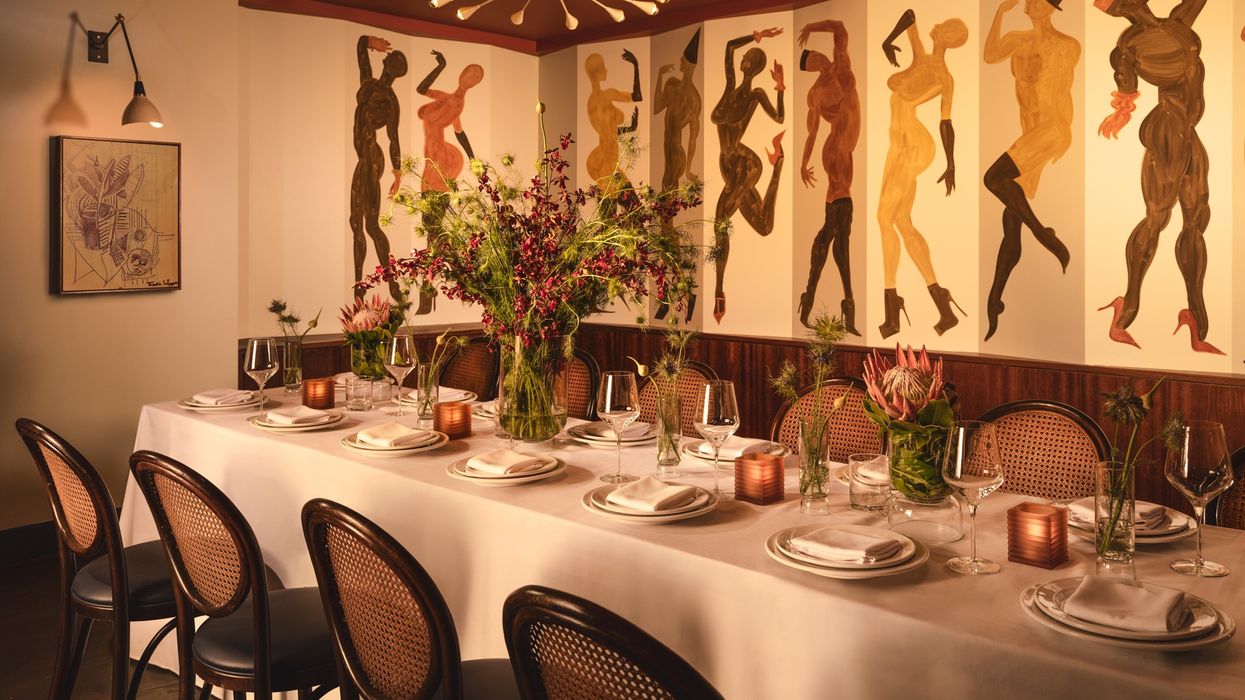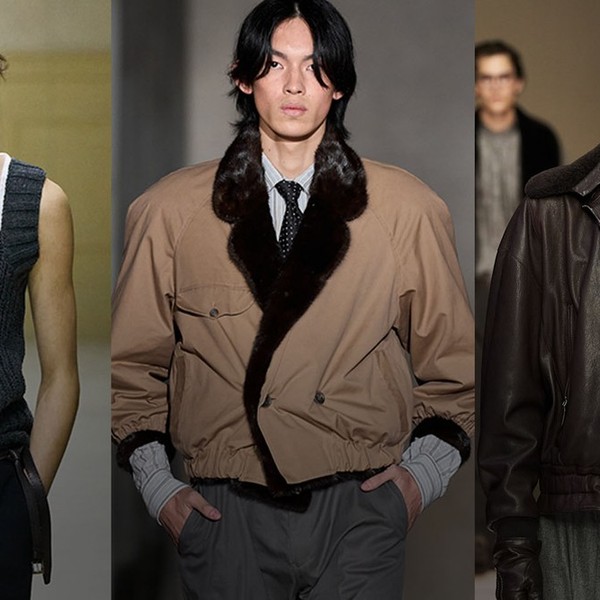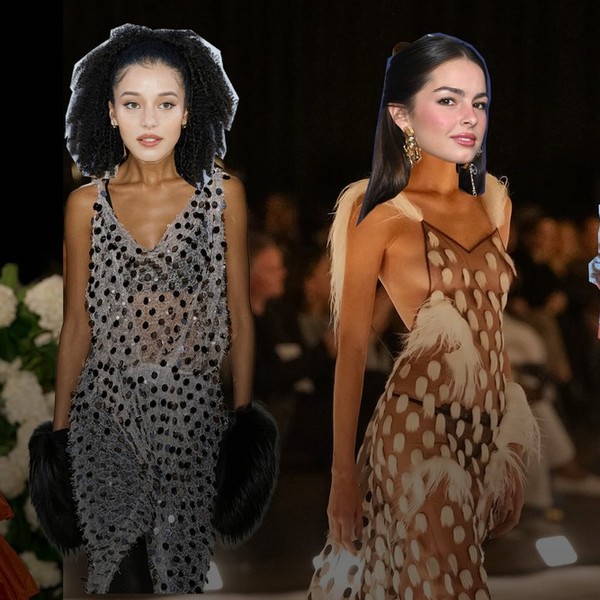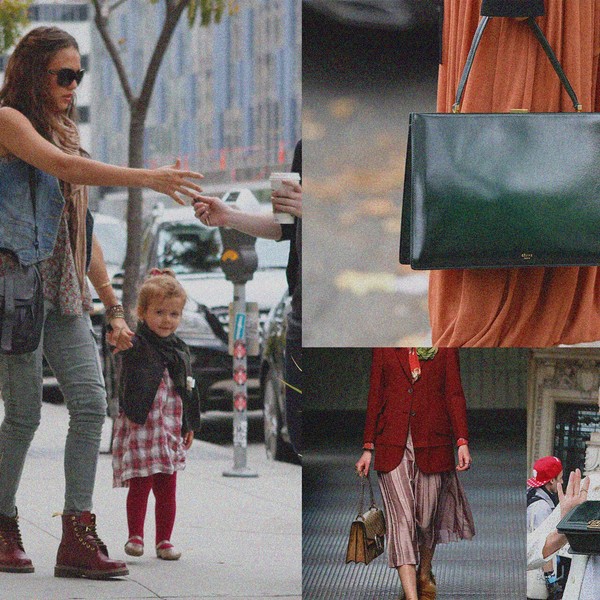Inside Cecchi’s: The Greenwich Village Hotspot Serving Harlequin-Inspired Murals with a side of Chicken à la King
A lavish mural by Jean-Pierre Villafañe sets the scene.

I visited Cecchi’s in New York’s Greenwich Village one afternoon before it opened to the public for dinner service. I watched as a hostess idled at her stand, a bartender loitered behind the unoccupied bar, and waiters meticulously organized the flatware. The restaurant, previously home to neighborhood institution Cafe Loup, was void of patrons but felt far from empty. Amidst the dimly lit space, two-dimensional guests in pointed hats and harlequin makeup peered out at me from a vast expanse of murals by Jean-Pierre Villafañe. They pirouetted in solitude, tangoed in tandem, and frolicked on the tabletops of their own decadent quarters. No matter the hour, the scene is set.
When interior designer Becky Carter teamed up with Michael Cecchi-Azzolina, famed maître-d’-turned-restaurateur and author of Your Table is Ready: Tales of A New York City Maître D’, to bring Cecchi’s to life, the latter’s aesthetic vision deferred to the more logistical elements of the environment he was trying to create. Passing the interior design baton to Carter, he had one request: to implement the near-life-size work of artist Jean-Pierre Villafañe, a notion Carter wholeheartedly supported.
“It was such a great place to launch from because the murals tell such a story in their own right,” says Carter. One clown’s instrument inspired the louvered walls that section off the space. “I want it to feel like you're in the inside of an accordion, like a squeezebox,” she continues. Artfully suspended screens resemble clowns’ juggling balls, whilst a unique tile pattern in the entryway and zigzag plexiglass bookending the bar allude to the playfulness of their locale. She sourced vintage light fixtures originating from ‘70s Czech Republic (then Czechoslovakia) and sconces she says look like Pringles. “I was imagining them like buttons on a shirt,” she explains, sitting before me in a red Jacquemus jacket-and-pant set and cream Gucci clogs. Her expression often leaks between categories as such. Other elements in Cecchi’s remind her of collars, cuffs, and seams—the transitions of a shirt, as the designer would say. And no stone is left unturned; the waiters don chic French work coats. (I have a startlingly similar piece of outerwear hanging in my own closet.)
Carter, who grew up in a converted Eichler house in the Bay Area, initially studied furniture design at RISD. Interior design came later; she began teaching woodworking and upholstery, dabbling in set design and production. At one point, the burgeoning aesthete served as a traveling banquette repair person. “I'd go to Balthazar when it closed and just fix rips in their banquettes.” After studying under a handful of designers back in California, she launched her eponymous design studio in 2016. “My furniture background plays into my approach quite heavily because I'm often thinking about space from that craft perspective of bespoke finishes or treatments and ways to treat space like it's a custom piece of furniture,” she explains. “How does the space feel on your body? I often think about just sitting in these different spaces, creating shapes and colors in them that will really affect your mood.”
Aside from the influence of Pierrot, the sad clown, 20s luncheonettes, 60s Milanese architecture, and aeronautical furniture also molded the totality of the space in a manner Carter describes as retro-futurism. “I'm always trying to create something that doesn't necessarily sit in any one time period,” Carter clarifies. That approach aligns with the purposefully scattered references on the menu. You can order Chicken à la King or a Prime NY Strip. “They are staple dishes from different eras,” she says. “We knew that there was going to be this spanning of the timelines that was very interesting to me from an aesthetic standpoint.” She was pulling from all sorts of timelines while acknowledging Cecchi-Azzolina’s background in New York institutions like Raoul’s and Le Coucou. Next to all these competing elements, she kept the original decades-old wood-paneled bar and chairs as is. Whilst innovative, “I wanted this to feel like an instant classic.”
Want more stories like this?
Calvin Eng is the Heart And Soul of Brooklyn Hotspot Bonnie’s
A Chicago Apartment That Celebrates the Mix of High & Low
Inside A Baltimore Hotel That’s *Almost* Too Much




